Scrap Quilt Class - Block #1
teresa_nc7
16 years ago
Related Stories
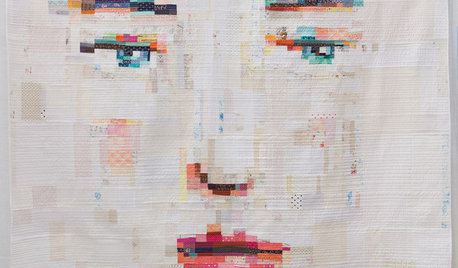
ARTSee Winning Modern Quilts on Display at QuiltCon 2015
Top quilts have been chosen from among hundreds at the international show in Austin through February 22. View them and others here
Full Story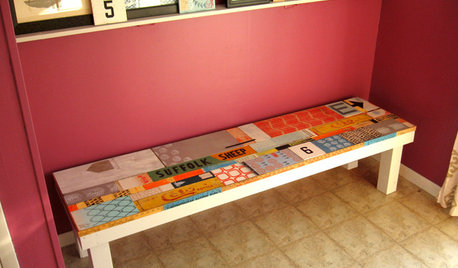
WOODWORKINGDIY Project: Artful Scrap-Wood Bench
Salvage signs, block-printed wood and a secret compartment turn a handmade bench into an interactive work of art
Full Story
DECORATING GUIDESCelebrating the Great American Quilt
They speak of family, history and beauty. Is it any wonder quilts transcend design styles?
Full Story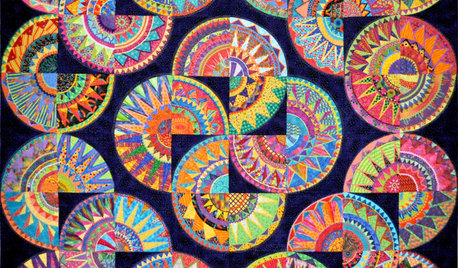
ARTShow News: Rare Quilts Get Museum Time
See 6 intricate designs from a California exhibition and get tips for building your own quilt collection
Full Story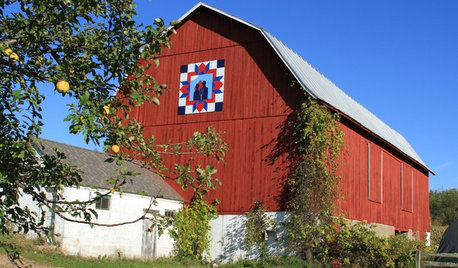
ARTBarn Quilts Piece Together a Community
One man with one beautiful idea transforms Wisconsin’s Shawano County
Full Story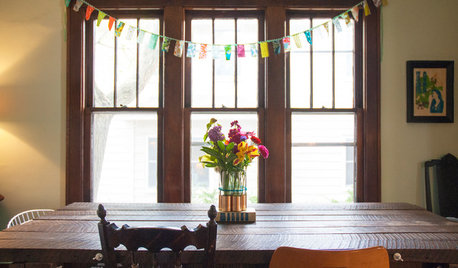
FEEL-GOOD HOMESimple Pleasures: Treasuring the Gift of Grandparents
You can enrich your family life by bringing generations together for shared meals, quilting projects, storytelling
Full Story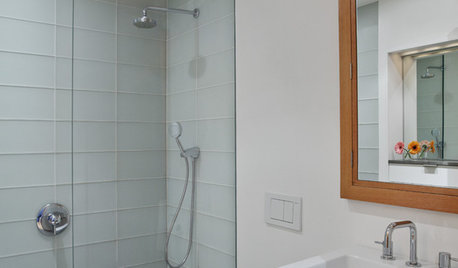
BATHROOM DESIGNConvert Your Tub Space to a Shower — the Planning Phase
Step 1 in swapping your tub for a sleek new shower: Get all the remodel details down on paper
Full Story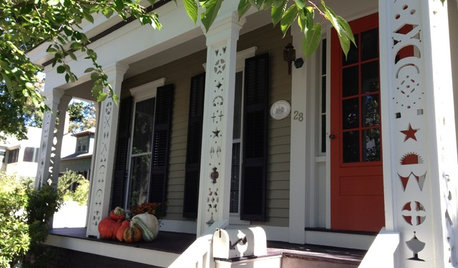
LIFEAge Is Just a Number: Houzzers’ Homes Old and New
Hear the stories behind homes ages 1 to 171, then share yours
Full Story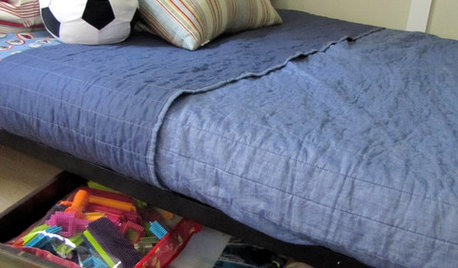
ORGANIZINGOutside the Box: 18 Unconventional Storage Solutions
You might never think to use household standards in creative ways like these, but you’ll be glad we did
Full Story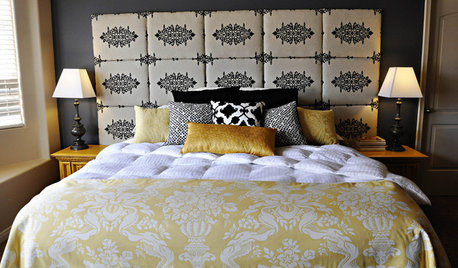
BEDROOMS13 Homemade Headboards That Thrill With Creativity
Snipped from a trellis, snagged from a pallet pile and more, these inventive headboards excite in any bedroom
Full Story





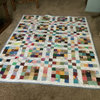


bettyatp
nanajayne
Related Professionals
Peachtree City Furniture & Accessories · Rogers Furniture & Accessories · Lake Elsinore Interior Designers & Decorators · Struthers Interior Designers & Decorators · Bella Vista Flooring Contractors · Dorchester Flooring Contractors · Dunedin Flooring Contractors · Mount Vernon Flooring Contractors · Naugatuck Flooring Contractors · Suwanee Flooring Contractors · West Chester Flooring Contractors · Beaufort Furniture & Accessories · Frisco Furniture & Accessories · Wichita Furniture & Accessories · Crofton Furniture & Accessoriesgerizone5
teresa_nc7Original Author
barbara_in_pa
wendyfaye
rosajoe_gw
nanajayne
nanajayne
teresa_nc7Original Author
nanajayne
chrizty
love2sew